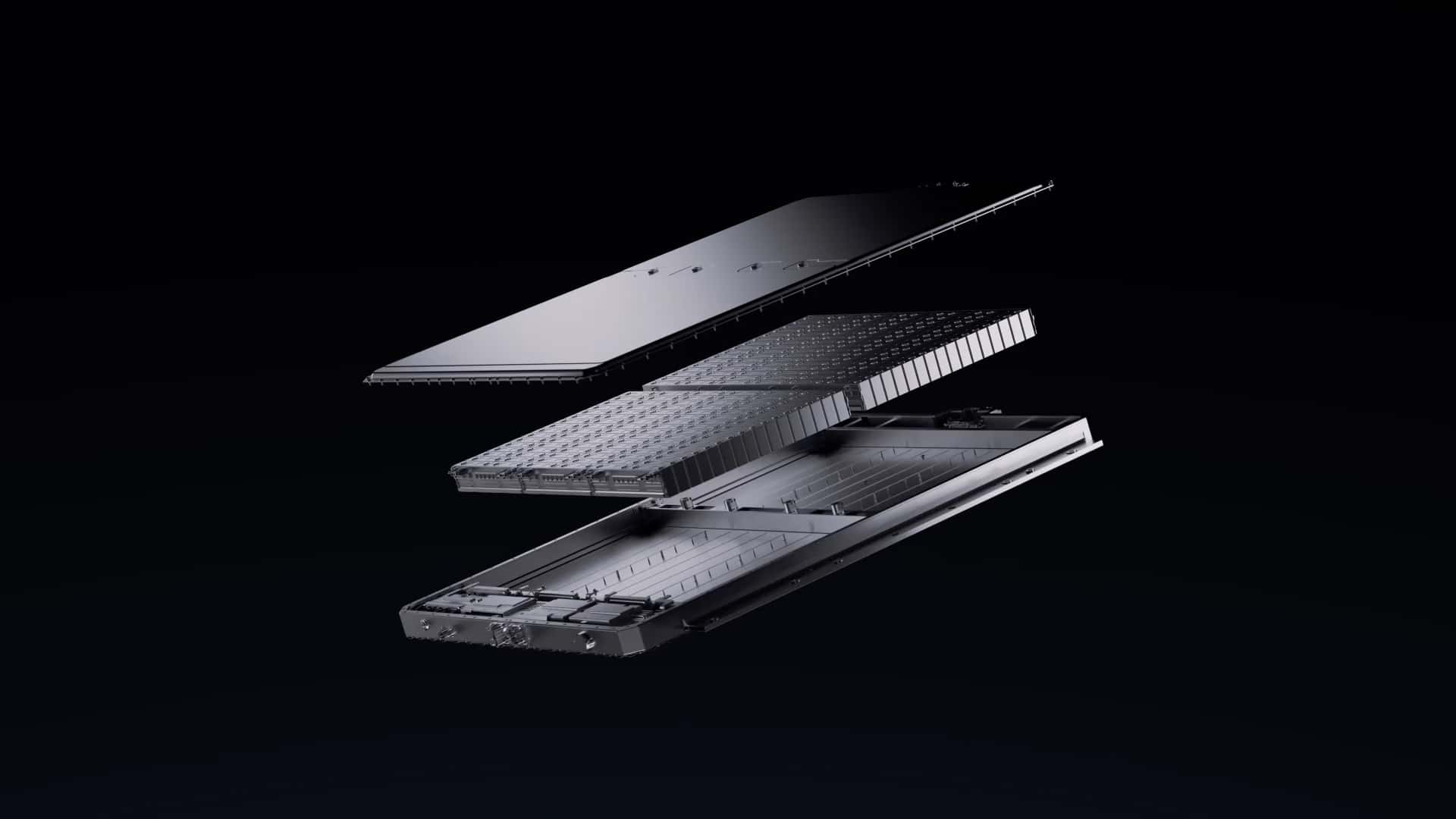
In tests, the lifespan of lithium metal batteries (LMBs) has been extended twofold, all while keeping an exceptionally high energy density.
- CATL has managed to double the lifespan of LMB battery cell prototypes, which have an energy density of 500 Wh/kg.
- The significant advancement was achieved by employing a novel form of lithium salt in the battery electrolyte.
- This highlights the significance and possible benefits of improved electrolytes, which concurrently propels the development of solid-state batteries.
The leading battery manufacturer CATL has unveiled a significant advancement in lithium metal batteries (LMB). This new development enhances both energy density and doubles the operational life compared to earlier models. Although these batteries show great potential across various applications, they remain far from being incorporated into electric vehicles.
This significant advancement represents a substantial move in the correct direction, as stated. CATL , describing this as "a substantial move towards making technologies such as electric vehicles and electric aviation commercially viable."
The journey of developing LMBs still has many stages to go through because striking a balance between energy density and battery life span continues to be difficult. Enhancing energy density often leads to faster deterioration, whereas extending the lifespan tends to reduce energy density.
According to CATL, the newest prototype has achieved a cycle life of up to 483 cycles, doubling its expected longevity compared to conventional battery types. This model also boasts an impressive energy density of 500 Wh/kg. To put this into perspective, this figure surpasses our projections for solid-state batteries and roughly doubles the capacity of today’s typical nickel-manganese-cobalt batteries, which generally offer between 200 to 300 Wh/kg.
The crucial advancement involved employing a distinct liquid electrolyte instead of the conventional one. CATL discovered that the primary cause for the failure of LMB cells was attributed to significant consumption of the electrolyte—up to 71% by the time the cell reached the end of its lifespan—which led to an accumulation known as "dead lithium." To address this issue, the company transitioned to using a LiFSI lithium salt. This change improved both conductivity and stability, thereby extending the operational life of the high-energy-density cells.
Ouyang Chuying, who serves as the co-president of Research & Development at CATL, stated, “We identified a significant chance to connect theoretical studies with their real-world use in commercial batteries. Our discoveries highlight that the usage of LiFSI salts and crucially, the total salt levels, fundamentally influence how long these batteries last.”
More CATL Battery Stories
- China's 100-Second Electric Vehicle Battery Swaps Have Arrived
- China's Electric Truck Market Is Set for Rapid Growth: CATL
- Slate Has Revealed an Affordable Electric Vehicle; Tesla’s Remains Unknown.
- CATL’s Sodium-Ion Electric Vehicle Battery Thrives in Cold Temperatures
- CATL's Latest LFP Battery Outperforms BYD’s 5-Minute Electric Vehicle Charging Times
- CATL Created the Planet's First Hybrid Battery Offering Electric Vehicle-Type Range
CATL's discoveries indicate that the battery research sector should prioritize enhancing the longevity of the electrolyte. Additionally, study Published in January 2025, a study exploring the medical uses of advanced lithium-ion batteries revealed that a high-concentration electrolyte is crucial for extending the lifespan of lithium-metal batteries. These batteries demonstrated an impressive capability to undergo 3,000 charge-discharge cycles while retaining at least 80% of their initial capacity.
This advancement shows that the substantial investments of both time and funds dedicated to battery research (with CATL alone spending approximately $2.59 billion on R&D in 2024) ultimately result in considerable progress.
LMB and solid-state battery Research areas are interlinked since they possess common traits and can profit from identical advancements, such as CATL’s latest breakthrough concerning electrolytes. Both aim to attain greater energy density, enhanced cell safety, and an extended operational life, ultimately leading to superior battery performance across various applications, particularly electric vehicles.
